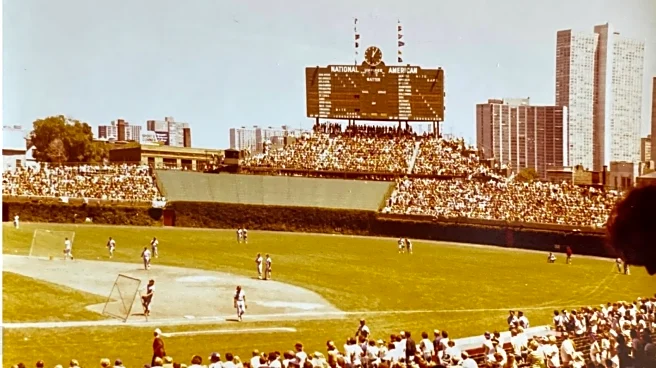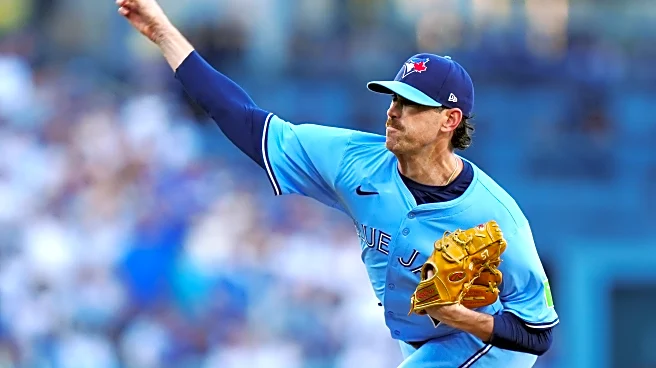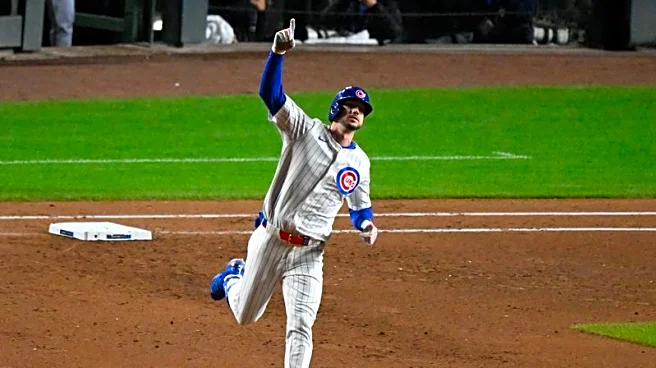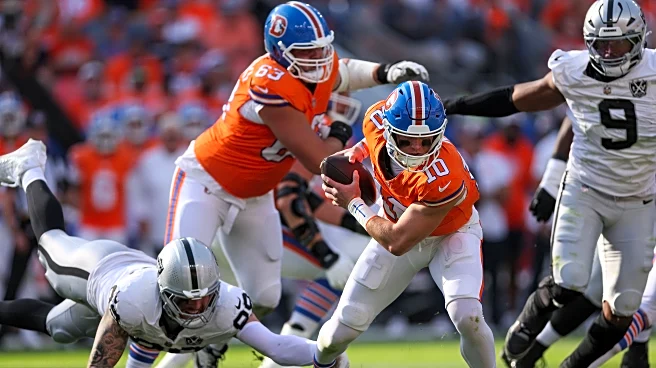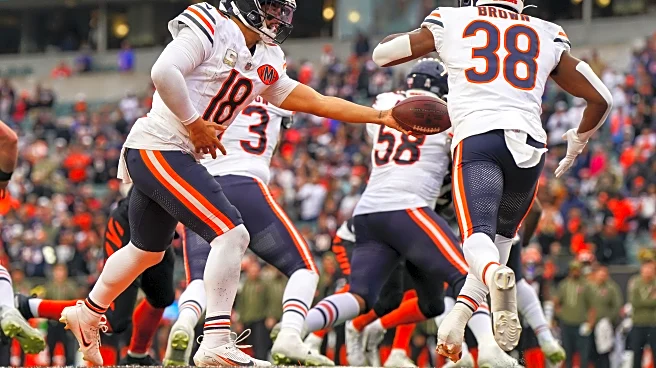A version of this story ran in 2021 on the anniversary date of this game. I repost it here, lightly edited, with some added notes on Dave Rosello’s career.
Dave (sometimes called “Davey”) Rosello is a footnote
in Cubs history.
He played six years for the Cubs, mostly as a backup middle infielder, and batted .236/.318/.313 with 10 home runs in a little over 1,000 plate appearances. I recall him as a fielder with a decent glove and range, though modern defensive metrics don’t give him much.
Rosello had one moment as a Cub, though, that will always be a memorable part of franchise lore.
It was in a wild and crazy 16-15 win over the Reds in 13 innings in the middle of a season where Cubs fans were given some great hope that the team would finally make the postseason.
The Cubs went 40-15 in May and June 1977 combined. That’s the best two calendar months any Cubs team has had since 1945. The 1984 team didn’t do that. The 97-win 2008 team fell short of a two-month span that good, and even the 2016 World Series champion Cubs never had a 55-game span quite that good (their best was 39-16).
Anyway, the 1977 Cubs were 59-39 entering this game and led the NL East by two games.
In many ways, this goofy contest epitomized the entire crazy 1977 season. Bob Logan of the Tribune summed up the offensive prowess shown by both teams that afternoon:
The Chicago Cubs and Cincinnati Reds tangled in one of the most incredible, exciting, and entertaining games in the 61-year history of the vine-covered baseball shrine.It was unreal from start to finish, especially the Cubs’ 16-15 triumph in 13 innings after they trailed at various times by 6-0, 10-7, 14-10 and 15-14. Blend all that with 43 hits [11 of them homers] and 13 pitchers — and pour it to 32,155 semihysterical witnesses over four hours and 50 minutes.
This passage in that quote stands out: “in the 61-year history of the vine-covered baseball shrine.” First, that count doesn’t include the Federal League’s two years there — that would bring things back only to 1916. Second, it shows how Wrigley was beginning to be viewed by the late 1970s. Just 10 years before that, a Tribune writer termed Wrigley an “ancient park.” But in 1977 it’s a “vine-covered baseball shrine” — quite a difference in just a decade’s time, perhaps due to the generational change in the fanbase from what Tribune writer Ridgely Hunt called in 1966 “superannuated men” to the Bleacher Bums of the 1969 and the younger crowds filling the park in the 1970s.
In the Tribune, beat writer Richard Dozer tells how the Cubs finally beat the Reds that July afternoon:
Davey Rosello, who plays only when the Cubs have to go six deep for an infielder, found the hole he was looking for in the 13th inning Thursday.He found it with a slashing single through the cavity between third and short, and with this, the 24th Cub hit of the season’s wildest Wrigley Field melodrama, he drove in the winning run of a 16-15 Cub victory over the Cincinnati Reds. His was the third hit after two were out as shadows streaked the field. He was a player who was not supposed to be playing. His hit scored a pitcher who was not supposed to be pitching.
Before his game-winning hit, Rosello also performed an important defensive function. The Cubs had run out of bench players and so had to use Bobby Murcer at shortstop. Murcer had come up as a shortstop, but had not played there in 11 years. So Rosello and Murcer alternated playing short and second depending on the handedness of the hitter. Per the boxscore this happened 11 different times.
Rick Reuschel, having the best season of his career, made his second relief appearance of the year and got the win after his single started the winning rally. That was after the Cubs had hit two home runs to cut a 14-10 deficit to 14-13 in the last of the eighth, tied the game in the bottom of the ninth with a single, walk and single after the first two men were out, and tied it again with a one-out home run in the bottom of the 12th inning after the Reds had taken a 15-14 lead in the top of the frame.
In those days, WGN-TV was very protective of Cubs highlights, not allowing them to be shown on rival local TV stations in order to promote people watching their newscasts. You’d often see cameras from the other stations lined up on the “catwalk” near the old press box (which is where the suites are now located) to shoot video of the game so they could have their own highlights. This practice ended in the 1980s, but WGN had enough time on their late newscast that evening to show TEN minutes of highlights from this game — and here they are:
Rosello was not known for his bat — he entered that game batting .170/.316/.277 and, though he’d been on the team all year, he had played in just 31 games and had 58 plate appearances prior to July 28, 1977. It was in an era when teams carried only nine or 10 pitchers and could carry defensive/pinch-running specialists like Rosello.
His game-winning single — scroll to 8:55 in the video clip if you want to see it directly — brought the 32,155 in Wrigley Field to loud hysterics. My dad was in the hospital at the time, watching this game, and he told me you could hear cheering up and down the entire hospital corridor.
As for Rosello, he was traded to Cleveland for two minor leaguers who never played in the majors, and spent 1978 in Cleveland’s system before playing three seasons as a backup infielder in the majors for them before being released at the end of Spring Training in 1982. He disappeared from the baseball scene after that and likely returned to his native Puerto Rico. He’s now 75, and I hope he retains the same memories of that game as Cubs fans of that vintage have.
